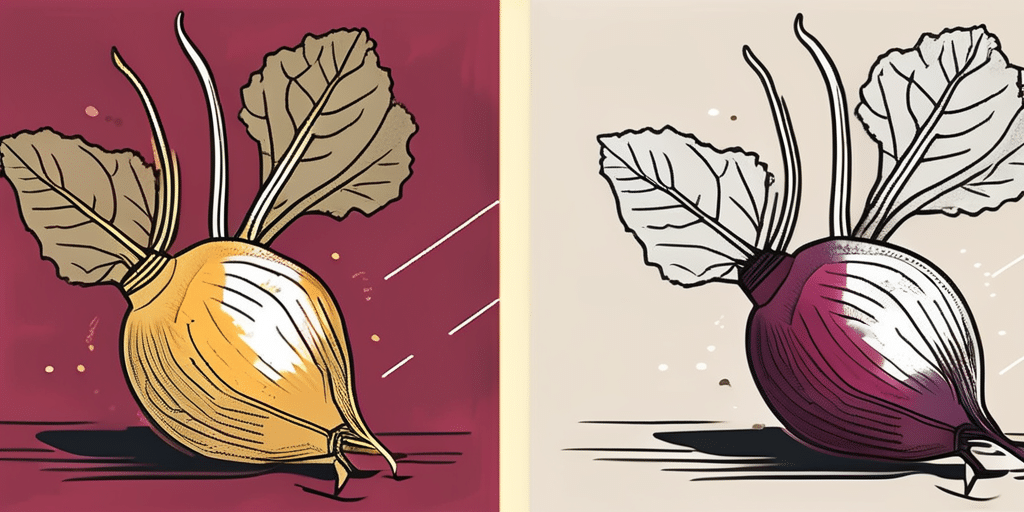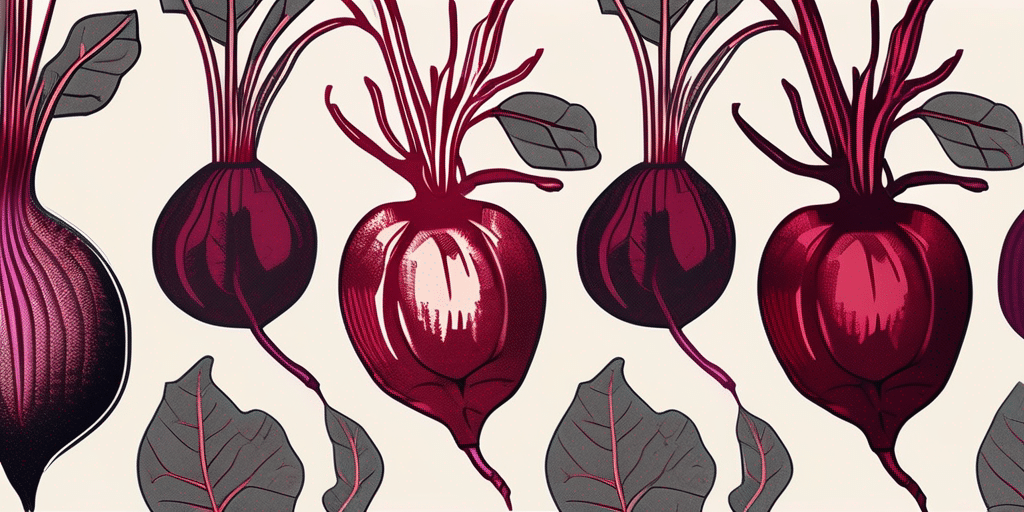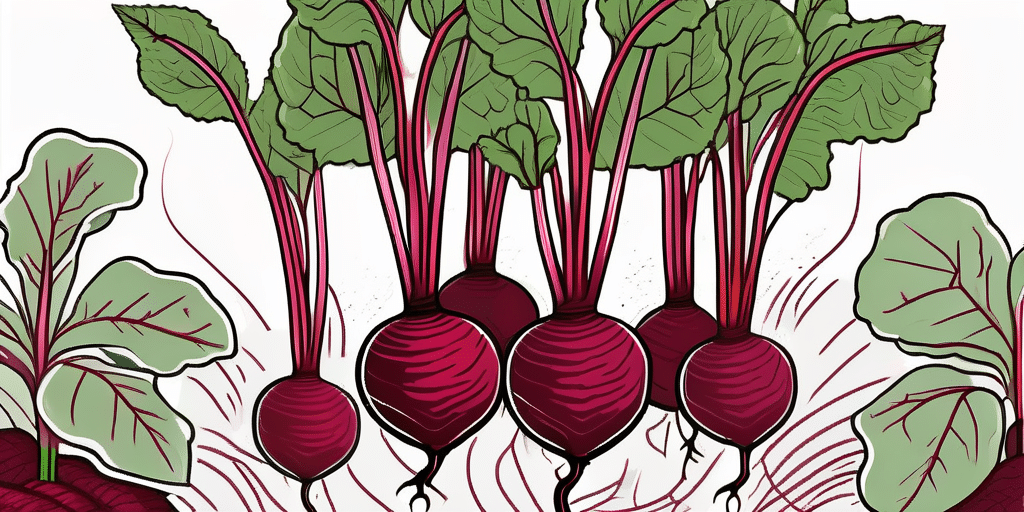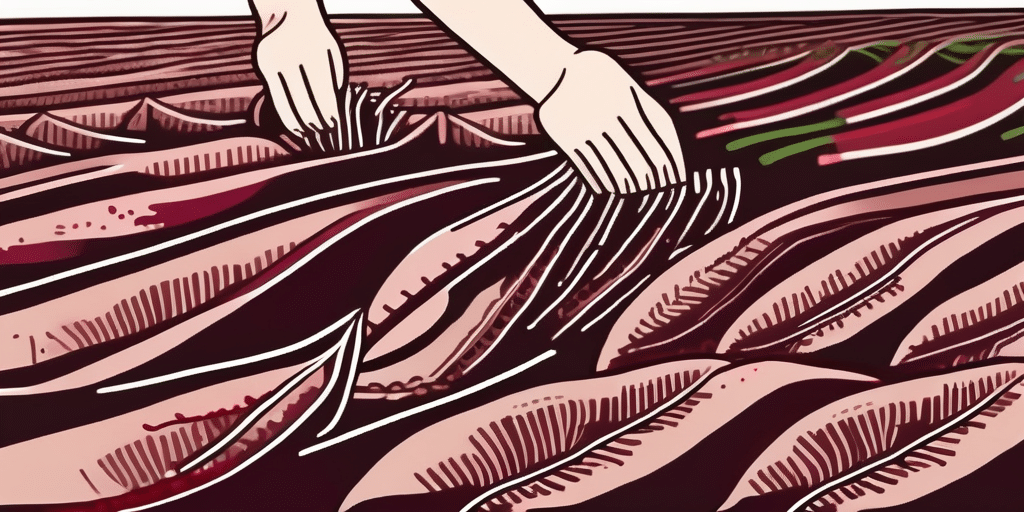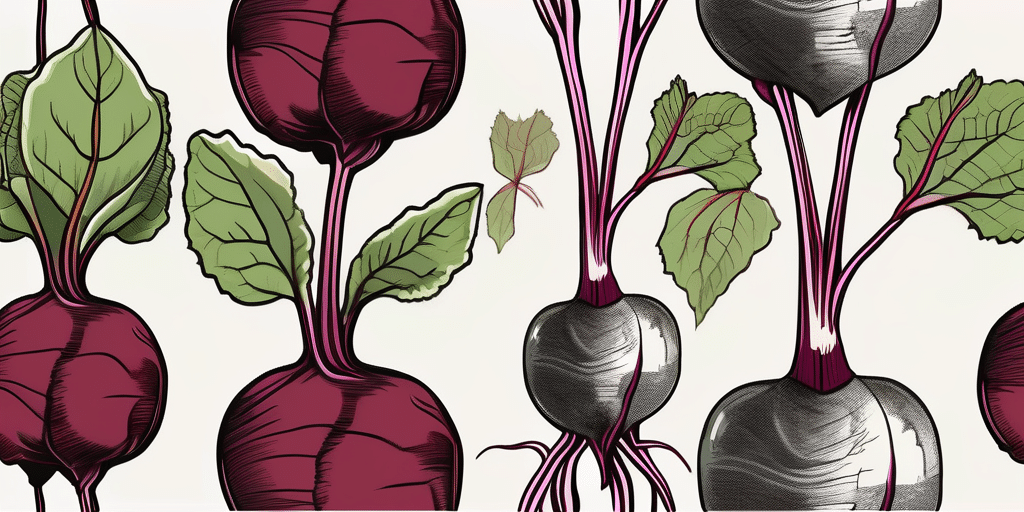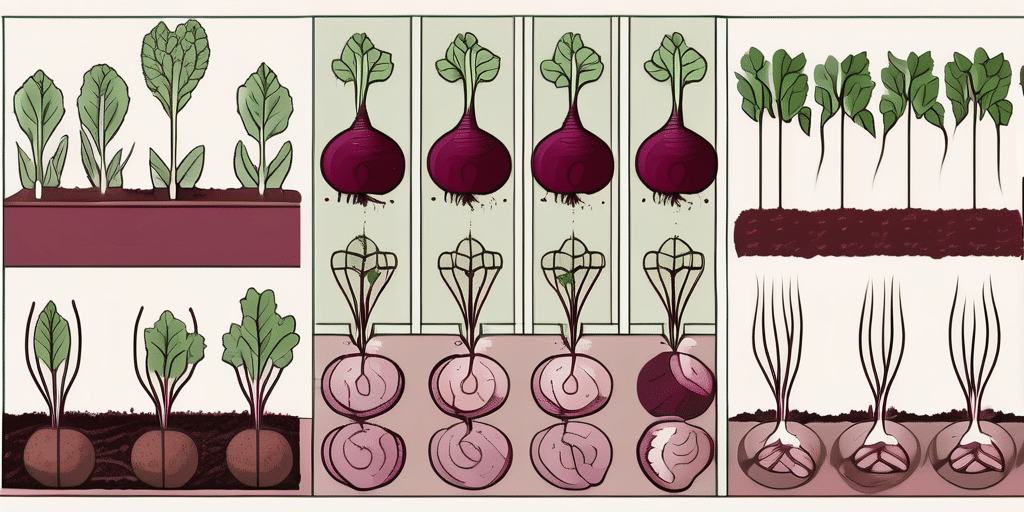Ruby Queen beets are a delicious and nutritious vegetable that can thrive in the sunny climate of Florida. Whether you want to grow them in your backyard or in a container, this article will provide you with all the information and tips you need to successfully plant and grow Ruby Queen beets in Florida.
Climate & Hardiness Zones in Florida
Before you start planting Ruby Queen beets, it’s important to understand the climate and hardiness zones in Florida. The state is divided into several zones based on temperature and weather conditions. The USDA Hardiness Zone Map is a great resource to help you determine which zone you’re in.
Florida has a variety of climate zones, ranging from Zone 8a in the northern part of the state to Zone 11a in the southernmost areas. Ruby Queen beets can be grown in all of these zones, but it’s important to consider the temperature and rainfall patterns in your specific location.
Zone 8a, found in the northern regions of Florida, experiences cooler temperatures during the winter months, making it suitable for growing cold-hardy crops like kale and broccoli. In contrast, Zone 11a, located in the Florida Keys, boasts a tropical climate with warm temperatures year-round, ideal for cultivating heat-loving plants such as mangoes and papayas.
It’s essential to take into account not only the hardiness zone but also microclimates within your garden. Factors such as proximity to bodies of water, elevation, and urban heat islands can influence local temperatures and frost occurrences. By understanding the intricacies of Florida’s climate and hardiness zones, you can make informed decisions when planning your garden and ensure the success of your Ruby Queen beet crop.
When to Plant Ruby Queen Beets in Florida
In Florida, the best time to plant Ruby Queen beets is during the cooler months. Unlike many other vegetables, Ruby Queen beets prefer to grow in temperatures below 75°F (24°C). Planting them in the heat of summer can lead to poor germination and stunted growth.
The recommended planting time for Ruby Queen beets in Florida is between September and February. This allows the beets to mature before the hot summer months, ensuring a bountiful harvest.
When selecting a location for planting Ruby Queen beets, it is essential to choose a spot that receives full sun. These root vegetables thrive in well-drained soil with a pH level between 6.0 and 7.0. Adding organic matter such as compost or aged manure to the soil can improve its fertility and structure, providing an ideal environment for beet growth.
Before planting Ruby Queen beet seeds, it is beneficial to soak them in water for a few hours. This can help speed up the germination process. Sow the seeds directly into the prepared soil, spacing them about 1 inch apart and 1/2 inch deep. As the seedlings emerge, thin them to stand 3 inches apart to allow enough space for the beets to develop fully.
When to Harvest or Pick Ruby Queen Beets in Florida
When it comes to harvesting Ruby Queen beets in the sunny state of Florida, there are a few key indicators to keep in mind. The size of the beet plays a crucial role in determining its readiness for picking. In Florida’s warm climate, Ruby Queen beets are typically ready to be harvested about 60 days after planting. However, if you prefer smaller beets, you can opt to harvest them earlier.
Aside from timing, there are specific visual cues that can help you determine when your Ruby Queen beets are at their prime for harvesting:
- The leaves of the beet plant have reached a height of 6 to 8 inches, indicating robust growth and development.
- The beets themselves should be around 2 to 3 inches in diameter, signaling that they have reached a desirable size for consumption.
- Look for a deep, vibrant red color in the beets, a visual indicator of their maturity and flavor.
When the time comes to harvest your Ruby Queen beets in Florida, it’s essential to do so with care and precision. Gently pull the beets out of the ground while firmly holding onto the leafy green tops. Take care not to damage the beet or its delicate roots during the harvesting process. Once you have successfully harvested your beets, you can choose to store them in a cool, dry place to preserve their freshness or dive right into using them in your favorite recipes for a taste of Florida’s homegrown goodness.
Frequently Asked Questions
Here are answers to some frequently asked questions about growing Ruby Queen beets in Florida:
Q: Can I grow Ruby Queen beets in containers?
A: Yes, you can definitely grow Ruby Queen beets in containers. Choose a container that is at least 12 inches deep and has good drainage. Fill the container with well-draining potting mix and plant the seeds according to the instructions on the packet.
Q: How often should I water my Ruby Queen beets?
A: Ruby Queen beets need consistent moisture to thrive. Water them regularly, ensuring that the soil is evenly moist but not waterlogged. Check the moisture level of the soil by sticking your finger about an inch deep into the soil. If it feels dry, it’s time to water.
Q: Can I grow Ruby Queen beets in full sun?
A: Yes, Ruby Queen beets prefer full sun, which means they need at least 6 to 8 hours of direct sunlight each day. Make sure to choose a sunny spot in your garden or place your container in an area that receives ample sunlight.
Q: Do Ruby Queen beets need fertilization?
A: Ruby Queen beets are relatively low-maintenance and do not require heavy fertilization. However, it’s beneficial to add compost or well-rotted manure to the soil before planting. This will improve the soil’s fertility and provide the beets with the necessary nutrients.
Q: Are Ruby Queen beets prone to any pests or diseases?
A: Ruby Queen beets can be affected by pests such as aphids and root maggots. To prevent infestations, monitor your plants regularly and take action at the first sign of pests. Additionally, practicing crop rotation and proper sanitation can help minimize the risk of diseases.
Now that you have all the information you need, it’s time to start planting and growing your own delicious Ruby Queen beets in Florida. Enjoy the process and savor the sweet and earthy flavors of this vibrant vegetable!
When it comes to harvesting Ruby Queen beets, timing is key. These beets are typically ready for harvest around 55 to 60 days after planting. You can gauge their readiness by gently pulling on the greens. If the greens come off easily, it’s a good indication that the beets are ready to be harvested.
Once you’ve determined that your beets are ready, carefully loosen the soil around the base of the plant with a garden fork or trowel. Gently lift the beets out of the ground, being careful not to damage them. Trim off the greens, leaving about an inch of the stem intact to prevent bleeding.
After harvesting, it’s important to properly store your Ruby Queen beets to ensure their freshness and flavor. Remove any excess soil and trim the greens to about an inch above the beet. Place the beets in a perforated plastic bag and store them in the refrigerator. They can last for several weeks when stored properly.
Join How to Grow Everything for More Gardening Success
Ready to take your Florida gardening to the next level? Subscribe for free to How to Grow Everything and learn how to build the garden of your dreams! Receive personalized gardening advice tailored to your specific location, grow zone, and experience level. Our family is dedicated to helping you grow, offering the best gardening tips and special deals, all delivered straight to your inbox. With thousands of free articles on growing and gardening, we’re here to support your green thumb journey—100% free, no spam, just pure gardening gold.

